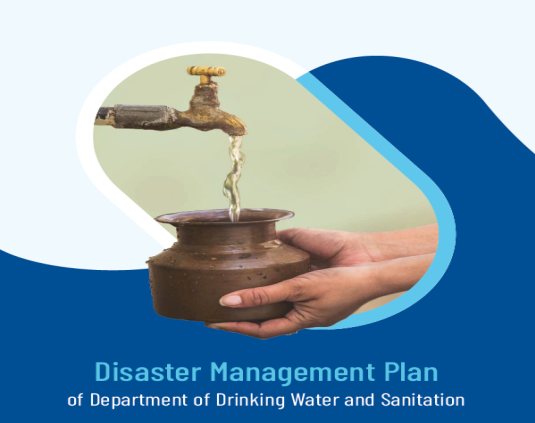Ministry of Earth Sciences (MoES) in 2020 has published a Climate Change report titled ‘Assessment of Climate Change over the Indian Region’ which contains a comprehensive assessment of the impact of climate change upon the Indian subcontinent. The highlights of the report are as follows:
1. India’s average temperature has risen by around 0.7oC during 1901-2018.
2. Frequency of daily precipitation extremes (rainfall intensities >150 mm per day) increased by about 75% during 1950-2015.
3. The frequency and spatial extent of droughts over India has increased significantly during 1951-2015.
4. Sea-level rise in the North Indian Ocean occurred at a rate of 3.3 mm per year in the last two and half decades (1993-2017)
5. Frequency of Severe Cyclonic Storms over Arabian sea has increased during the post monsoon seasons of 1998-2018.
IMD has implemented Impact Based Forecast (IBF) in the recent past which gives details of what the weather will do rather than what the weather will be. It contains the details of impacts expected from the severe weather elements and guidelines to general public about do's and don'ts while getting exposed to severe weather. These guidelines are finalised in collaboration with National Disaster Management Authority (NDMA) and is already implemented successfully for cyclone, heat wave, thunderstorm and heavy rainfall. Work is in progress to implement the same for other severe weather elements.
The forecasts and warnings are disseminated to users including disaster managers by e-mail on regular basis. In addition to this, WhatsApp groups are created including disaster managers and IMD officials and forecast & warnings are disseminated through this facility also. The forecast & Warnings are uploaded in social media & website for reference by all concerned. The nowcasts related to Severe Weathers are disseminated through SMS also to the registered users.
In addition to this, as and when the situation arises, Press Releases are issued by IMD and the same are also disseminated by all the platforms mentioned above.
IMD has taken various initiatives in recent years for improvement in dissemination of weather forecast and warning services based on latest tools and technologies. In 2020, IMD has launched seven of its services (Current Weather, Nowcast, City Forecast, Rainfall Information, Tourism Forecast, Warnings and Cyclone) with ‘UMANG’ mobile App for use by public. Moreover, in 2020, IMD had developed mobile App ‘MAUSAM’ for weather forecasting, ‘Meghdoot’ for Agromet advisory dissemination and ‘Damini’ for lightning alert.
Recently IMD has brought out a web based online “Climate Hazard & Vulnerability Atlas of India” prepared for the thirteen most hazardous meteorological events, which cause extensive damages, economic, human, and animal losses. The climate Hazard and vulnerability atlas will help state government authorities and Disaster Management Agencies for planning and taking appropriate action to tackle various extreme weather events. This atlas also helps IMD to issue impact-based forecast for various extreme weather events.
For modernization, expansion and improvement in Weather & Climate services, various activities are underway in IMD under the umbrella Central Sector Scheme named “Atmosphere & Climate Research-modelling Observing Systems & Services (ACROSS)”. There are 4 sub-schemes of IMD under ACROSS namely, Atmospheric Observation Network (AON), Upgradation of Forecast System (UFS), Weather & Climate Services (WCS) and Commissioning of Polarimetric Doppler Weather Radars (PDWR).







